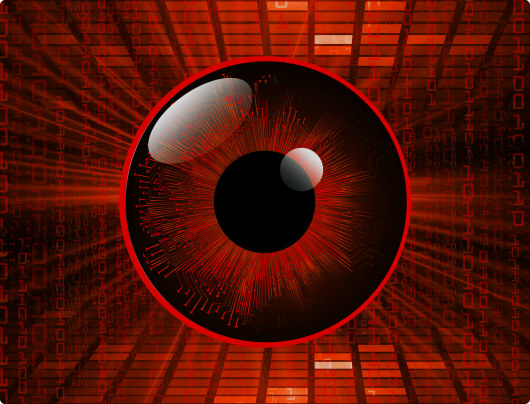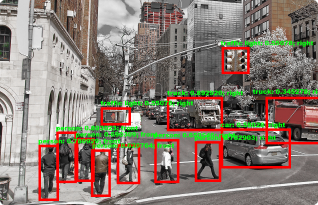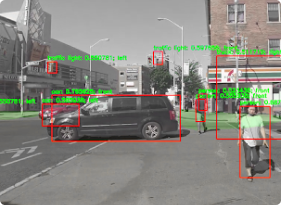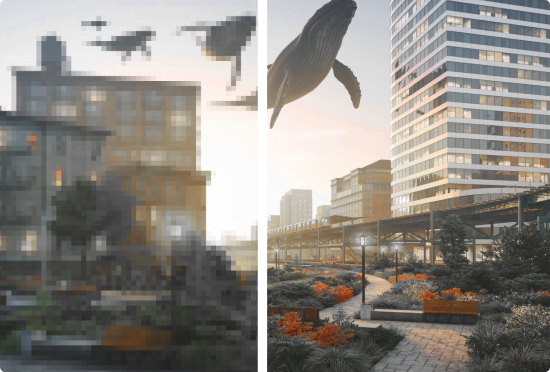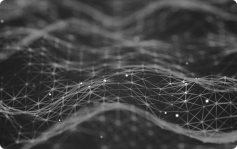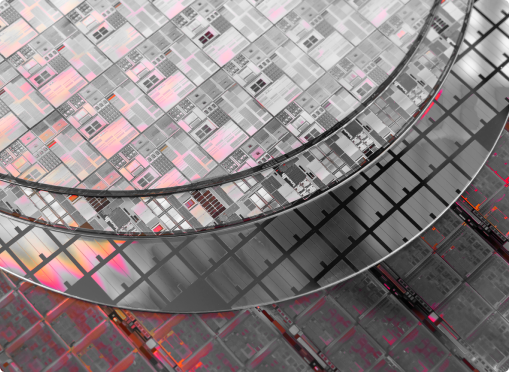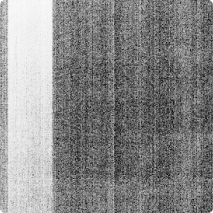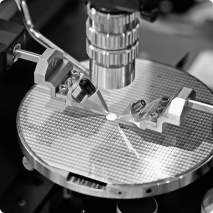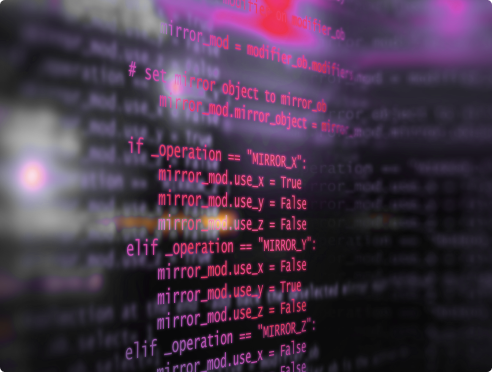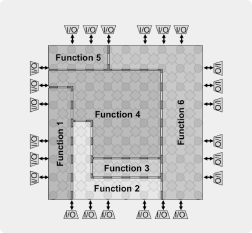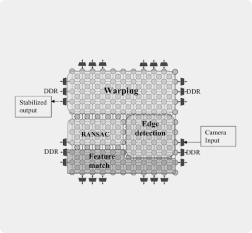Project descriptions
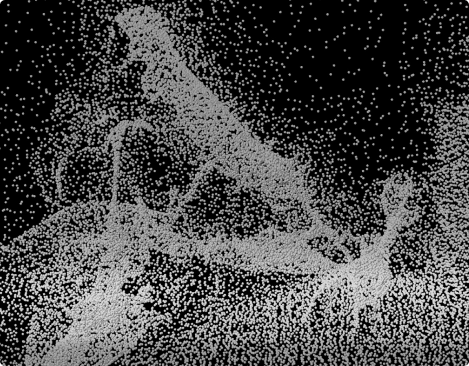
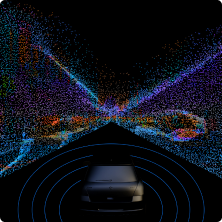
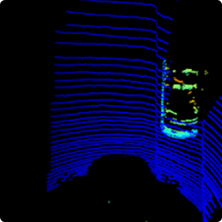
LiDAR point cloud processing algorithms
LiDAR data is critical in sensor fusion algorithms for autonomous driving. Algorithms operating on LiDAR point clouds are a crucial part of the processing performed by the vehicle's on-board computer. Parallelization and optimization of these algorithms in order to meet latency requirements are of prime importance for real-time systems.
Our objectives in this project were the implementation of point cloud pre-processing “kernels” running on Imagination’s GPU platform using OpenCL, comparison against a reference CUDA implementation, visualisation of the processed point cloud and optimisation and testing on the target hardware platform.
